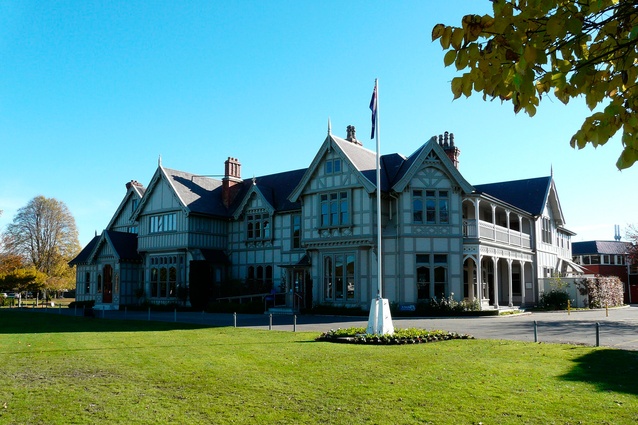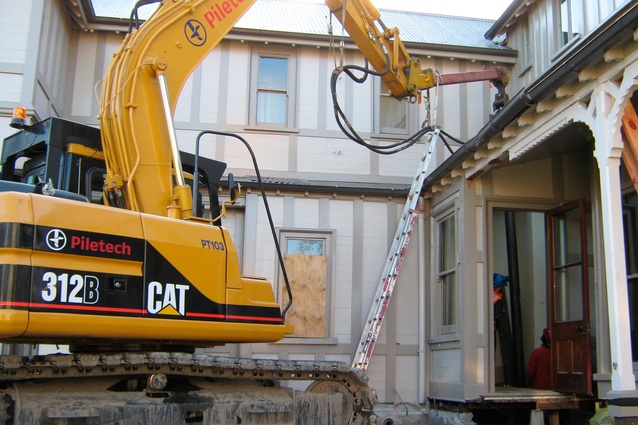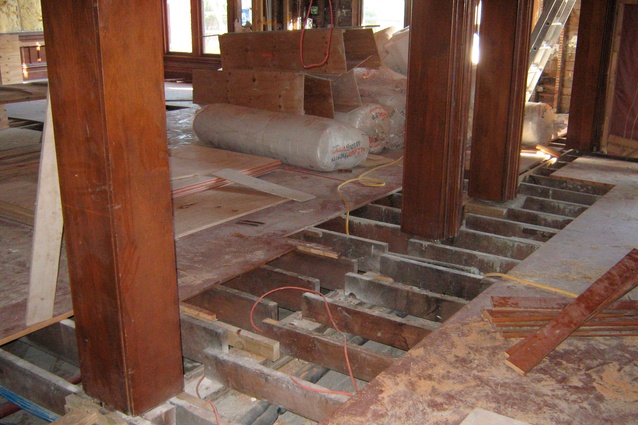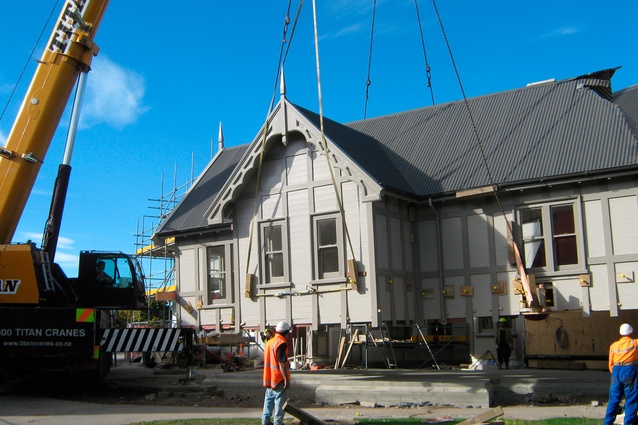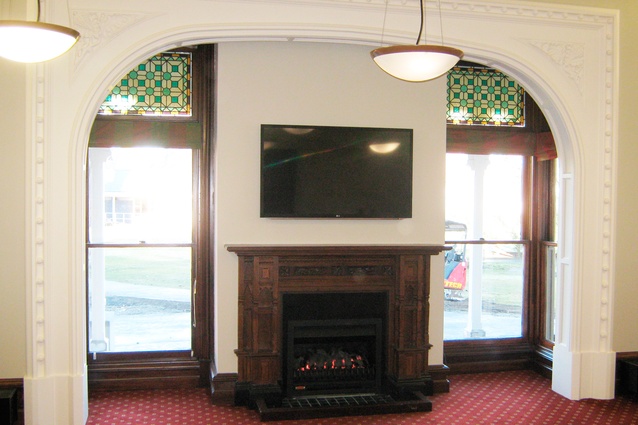Restoring history
Grant Findlay first met this grand old dame back in 2002, when he lead the team that converted Te Karaho from the boarding house into Rangi Ruru’s administration block.
A Category II listed heritage building, Te Koraha has been restored to its former glory and to 100 percent of the new building code, following significant damage in the Christchurch earthquakes.
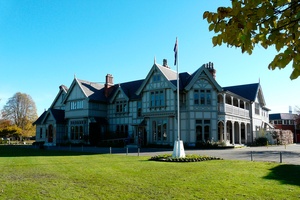
Originally it was the home of Arthur Rhodes, who served as an MP and Mayor of Christchurch. In 1901 he offered his home as the royal residence for the June visit of the Duke and Duchess of Cornwall and York (later King George V and Queen Mary). For the three day visit the entire house was redecorated in fashionable pastel shades, wired for electricity generated by a machine in the stables and a telephone installed.
The first parts of the house were built around an exisiting cottage in 1885 and there were subsequent additions and alterations in 1894, 1901-1902, 1905 and 1931. The house was later sold to the Misses Gibson in 1923, who founded Rangi Ruru Girls’ School.
“Several large brick chimney stacks had collapsed in the September quake,” says Findlay, site and project manager for Fletchers.
“This was compounded in February with significant foundation settlement and cracking, leaving floors approximately 160mm out of level and extensive internal lining and timber trim damage. Ongoing seismic activity added to the damage. The earthquake presented the opportunity to work on this magnificent building for a second time” Work began by stabilising Te Koraha with temporary bracing ply, acrow propping and by removing the chimneys.
Fletchers strengthened the structure by pouring 100 cubic metres of concrete into internal foundation and new perimeter foundation concrete pads.
Piletech then installed 85 concrete filled steel screw piles ranging from five to nine metres deep into the new foundations requiring parts of the roof to be removed for access and carefully replaced in their original configuration.
The House Levellers re-levelled the homestead using high lift jacks and small hydraulic rams under the main subfloor members and timber piles were replaced and the main subfloor was refixed to the new foundations.
Chimneys were replaced with fibreglass composite brick by Quakesafe Ltd.
“Together with Interior Plastering Systems we salvaged several of the intricately detailed interior plaster decorations and had them moulded into new detailing,” says Findlay. Photos and locations were documented for later reference.
Damaged lathe and plaster wall linings were replaced with 9mm structural ply and gib board in accordance with the current building code. Every timber trim was removed, labelled and stored on site for possible future reinstatement. Heritage leadlight glass was carefully removed and sent to The Glass Room for repair.
All electrical, fire, data, security systems were checked and insulation replaced before wall framing was repaired and new linings fixed. Cornices and mouldings were refitted. The senior common room required a full concrete slab replacement. Part of the structure was temporarily detached and craned to the side to enable access.
Interior doors were re-hung and carpenters refitted window trim and skirting to restore the 1884 heritage building to its original condition and every surface – both inside and out – was restained and varnished or stripped and repainted.
“Looking at Te Koraha now, I feel as proud and privileged as I did ten years ago when we first met,” says Findlay. Nicely put.

